When I left my first teaching school (the one I’m back working at again now) I decided to make a piece of art as a leaving gift for my colleagues in the maths team. I’d seen an image on Pinterest of a mural made from different coloured paper tetrahedra, and wanted to try it for myself. However, being a maths teacher, I was intrigued by the possibilities of tessellating smaller tetrahedra within the gaps left by bigger tetrahedra....
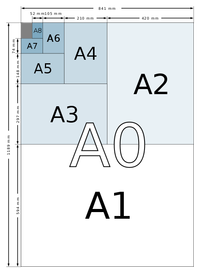
Now I know that A-sized paper has some pretty cool properties, so, using the photocopier I reduced an A4 tetrahedron net down through the various A-sizes - and, yes, I made some lovely discoveries (which made perfect sense once I started thinking about it)!
Each iteration of A-sized paper decreases in area by half, (so the side lengths decrease by a factor of 1/(sqrt2)): A5 is half the area of A4, A6 half the area of A5, and so on. So the base of an A6 tetrahedron is a quarter the area of an A4 base, meaning that four A6 tetrahedron bases can be packaged in the gap left by an A4 tetrahedron. I played around and found some other combinations (see some examples below).
Each iteration of A-sized paper decreases in area by half, (so the side lengths decrease by a factor of 1/(sqrt2)): A5 is half the area of A4, A6 half the area of A5, and so on. So the base of an A6 tetrahedron is a quarter the area of an A4 base, meaning that four A6 tetrahedron bases can be packaged in the gap left by an A4 tetrahedron. I played around and found some other combinations (see some examples below).
I printed and cut out all my nets, assembled my different sized tetrahedra (step-by-step instructions to follow below) and played around with lots of different arrangements. When finally happy, I stuck them down onto a ready-made canvas.
A week ago my ex-colleague Ali got in touch because she wanted to try the activity with her class. I talked her through the instructions and her students went on to produce the wonderful artwork below :)
Here are the step-by-step instructions if you would like to try this activity with your students.
Resources:
- Tetrahedron net with tabs - SEN Teacher does one here.
- Different coloured card
- Scissors
- Ruler
- Ballpoint pen for scoring the card
- Glue
- Backing paper or ready-made canvases
| Instructions:
|

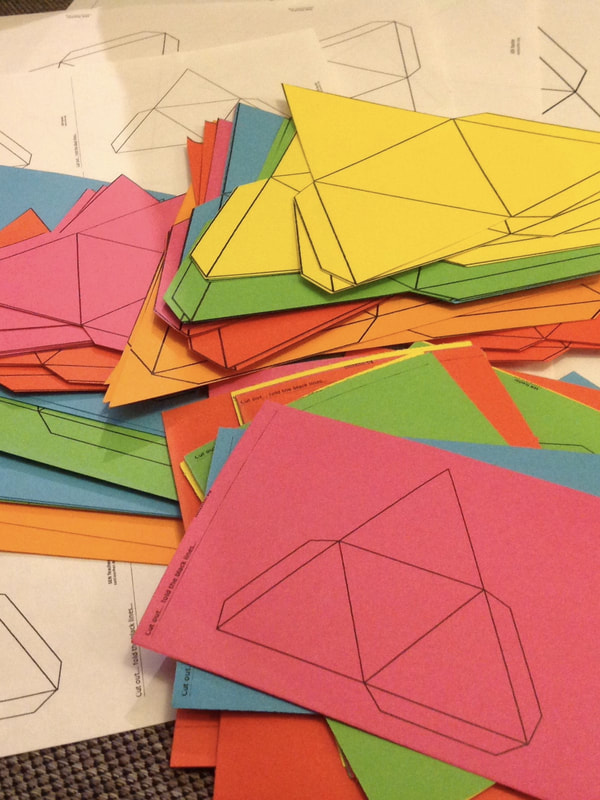
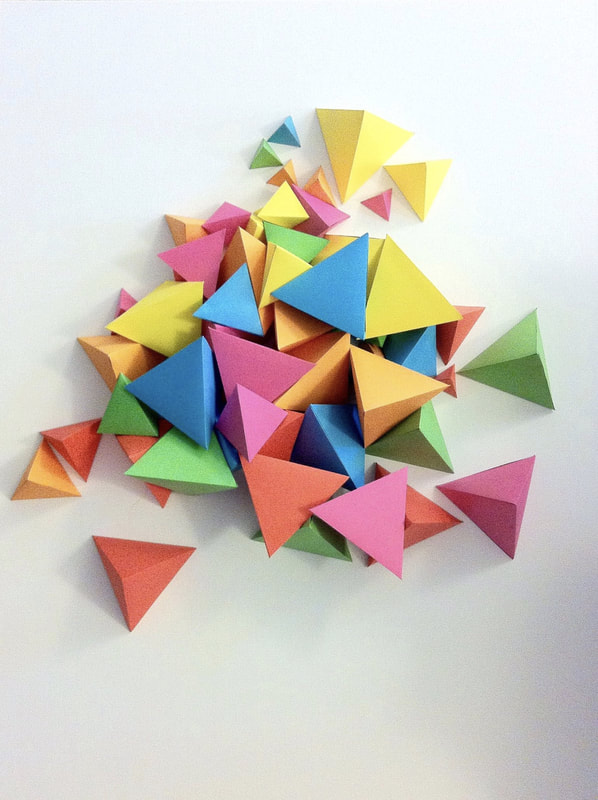
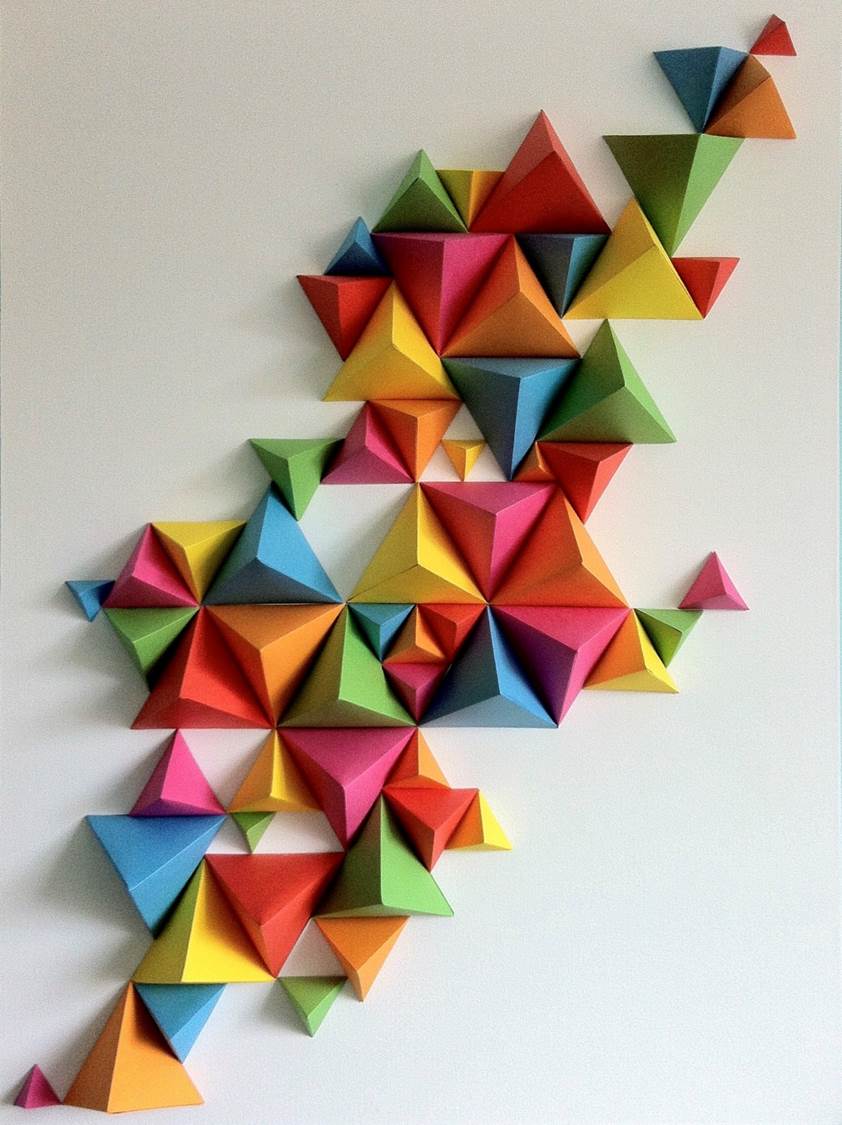
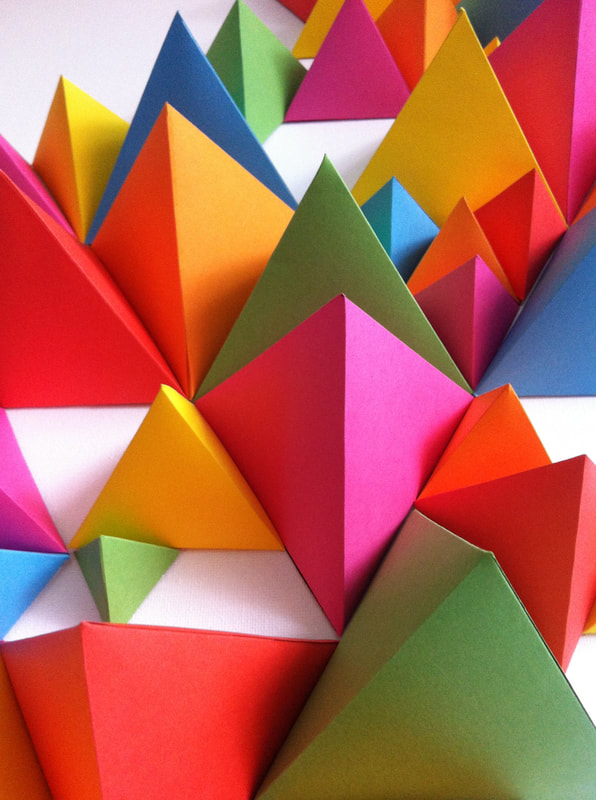
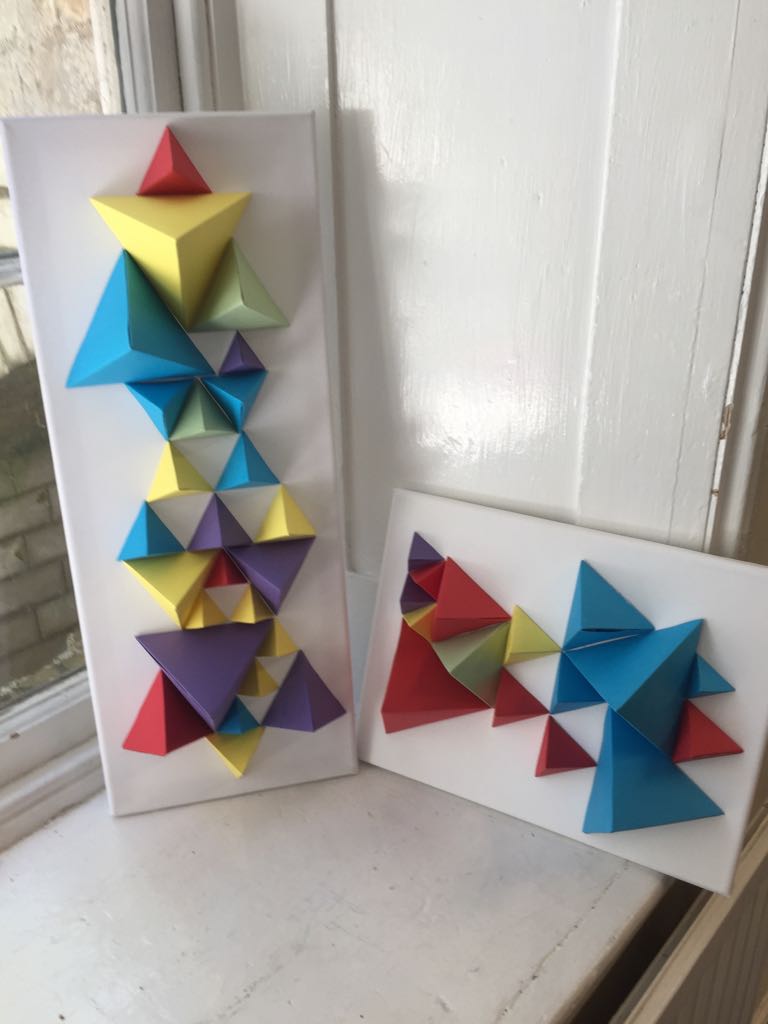
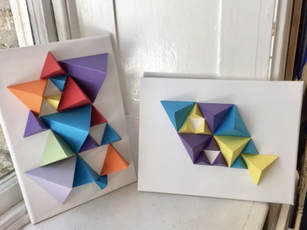
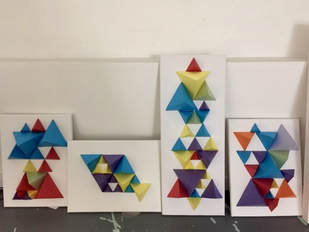
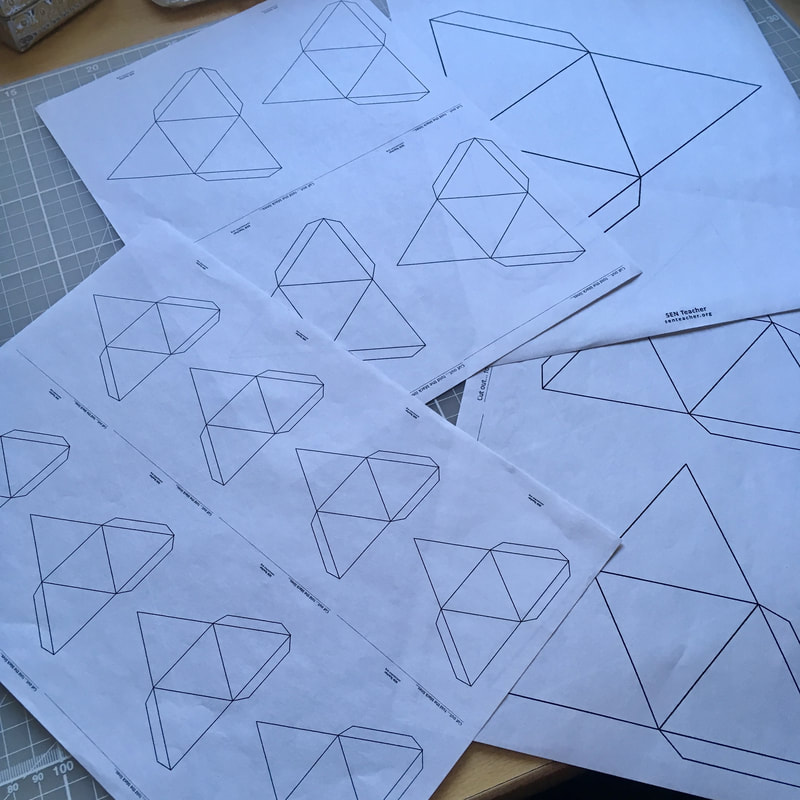
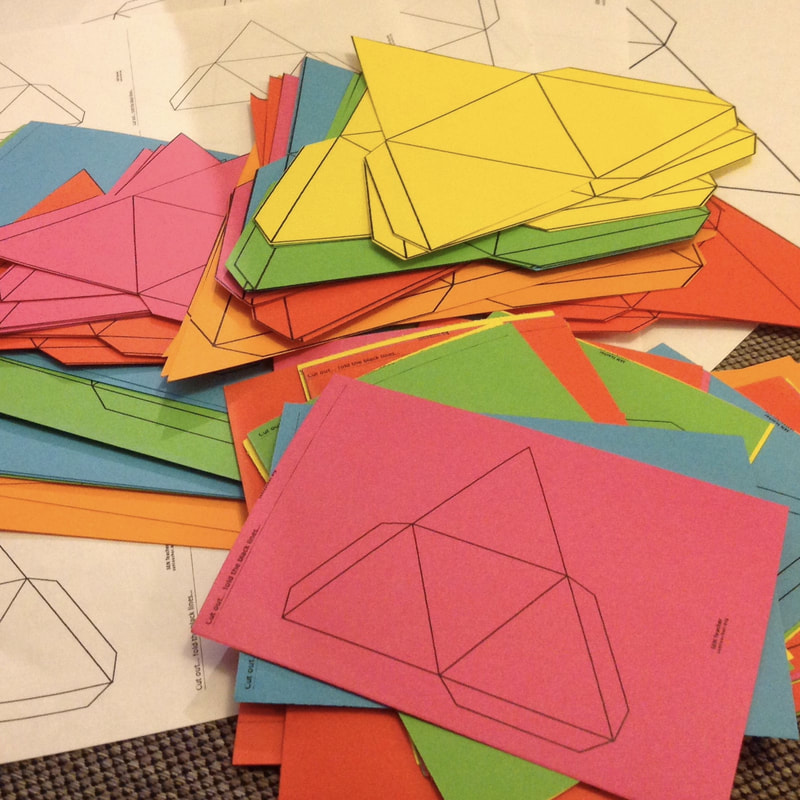
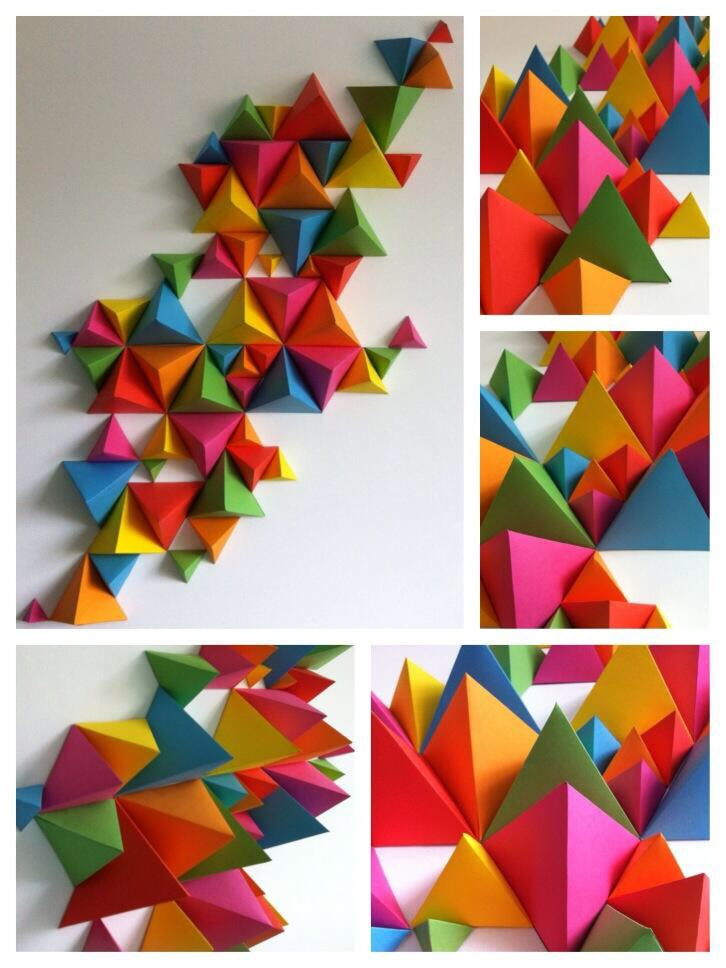
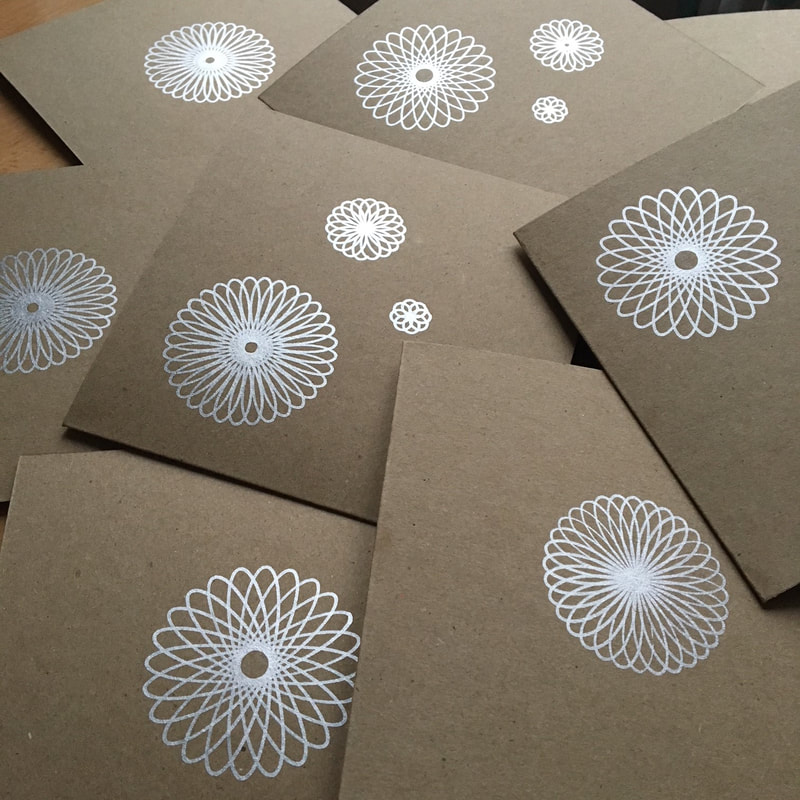
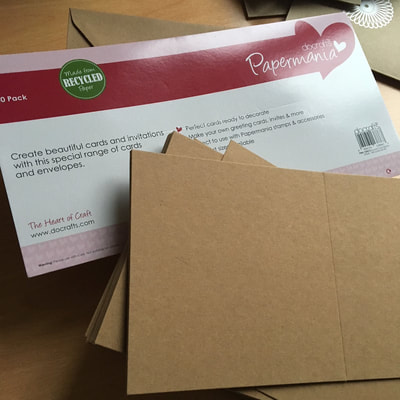
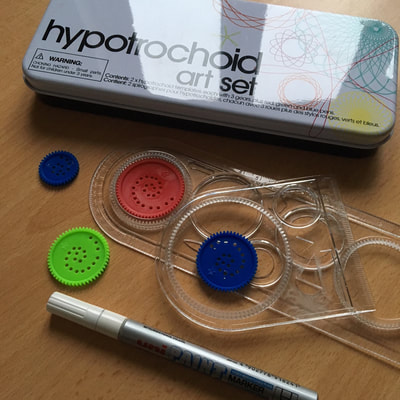
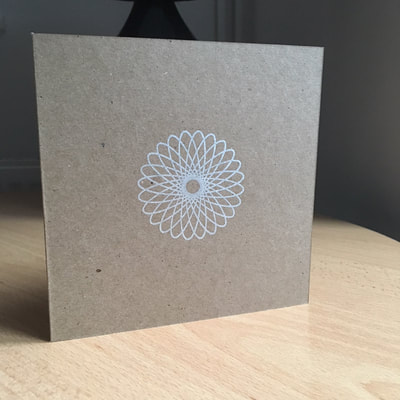
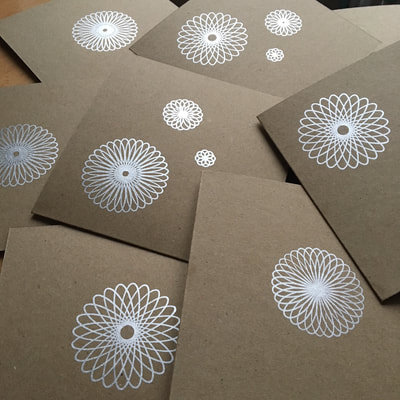
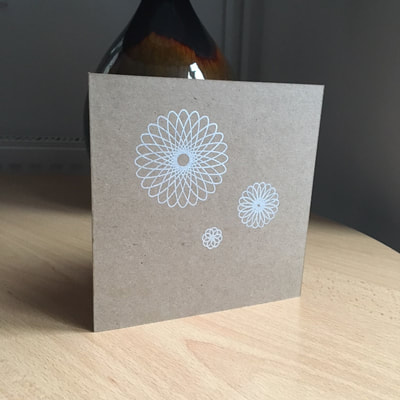
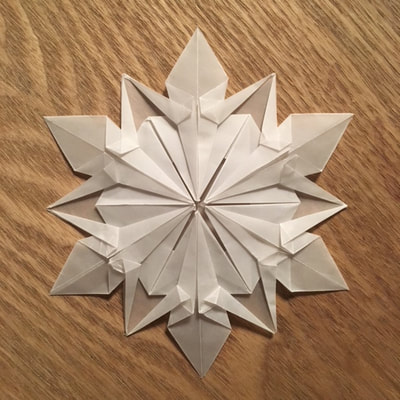

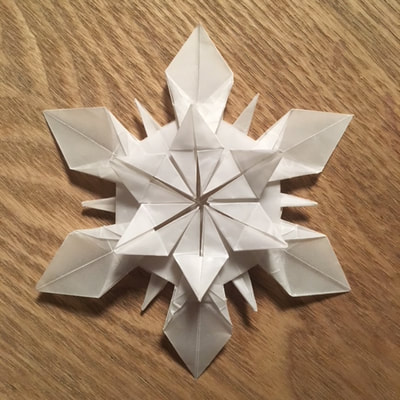
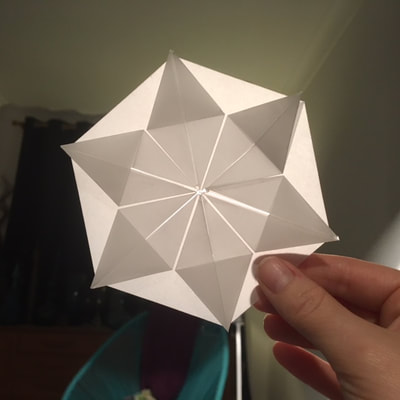
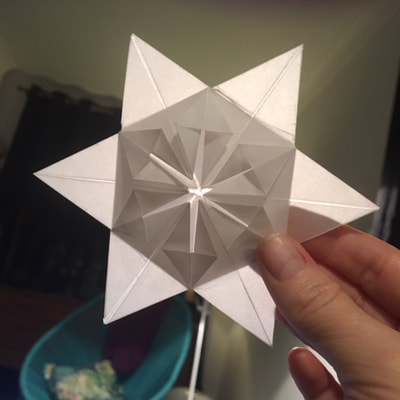
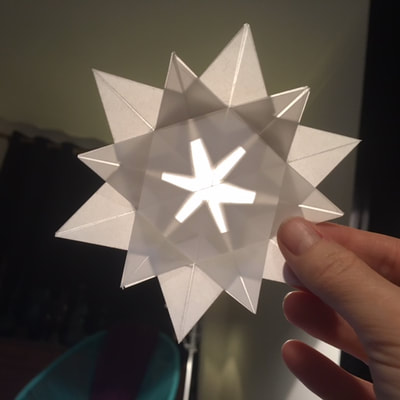
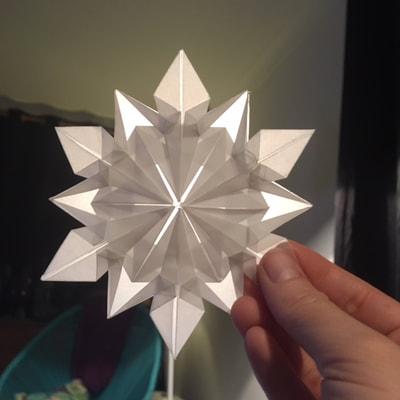
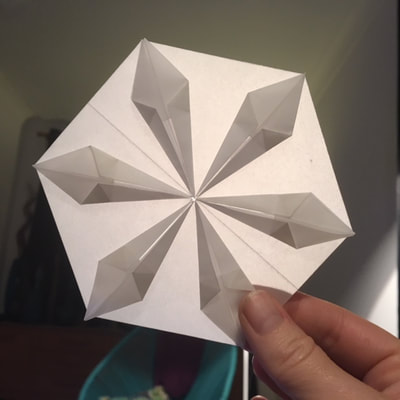
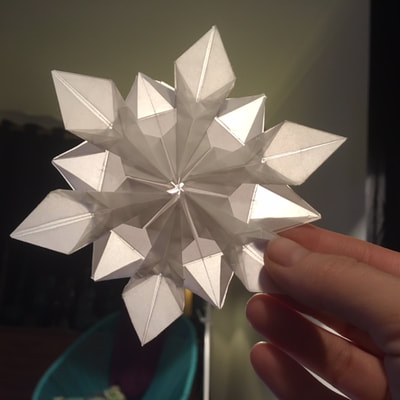
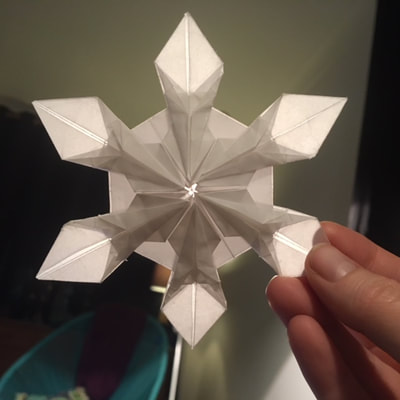
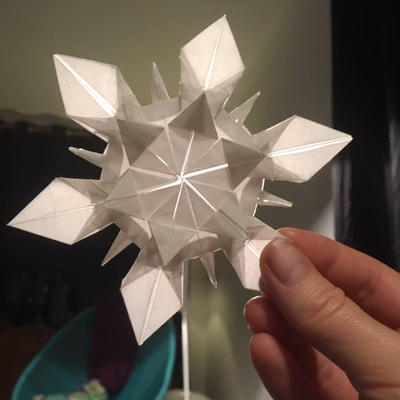
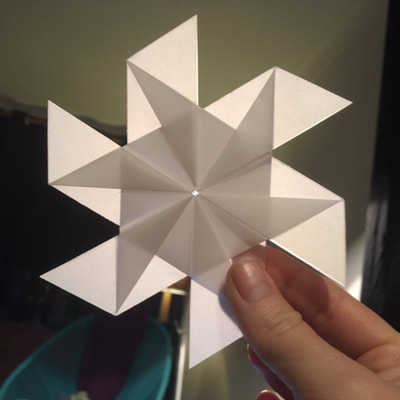
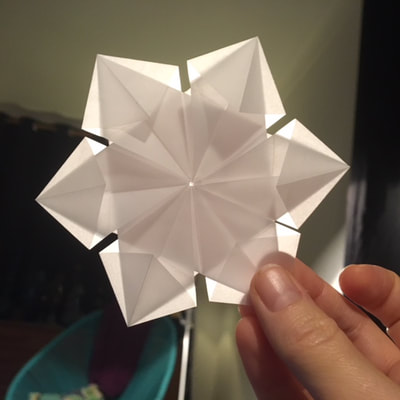
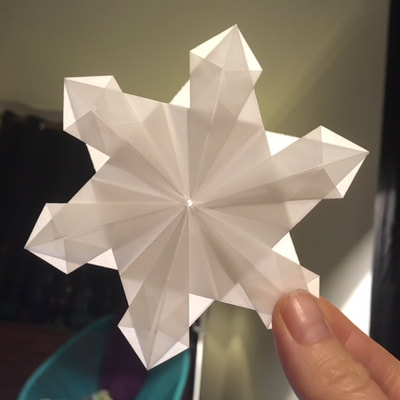
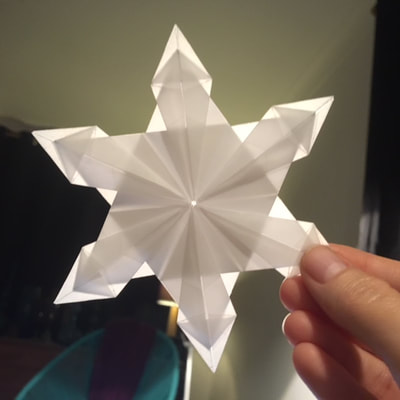
 RSS Feed
RSS Feed

